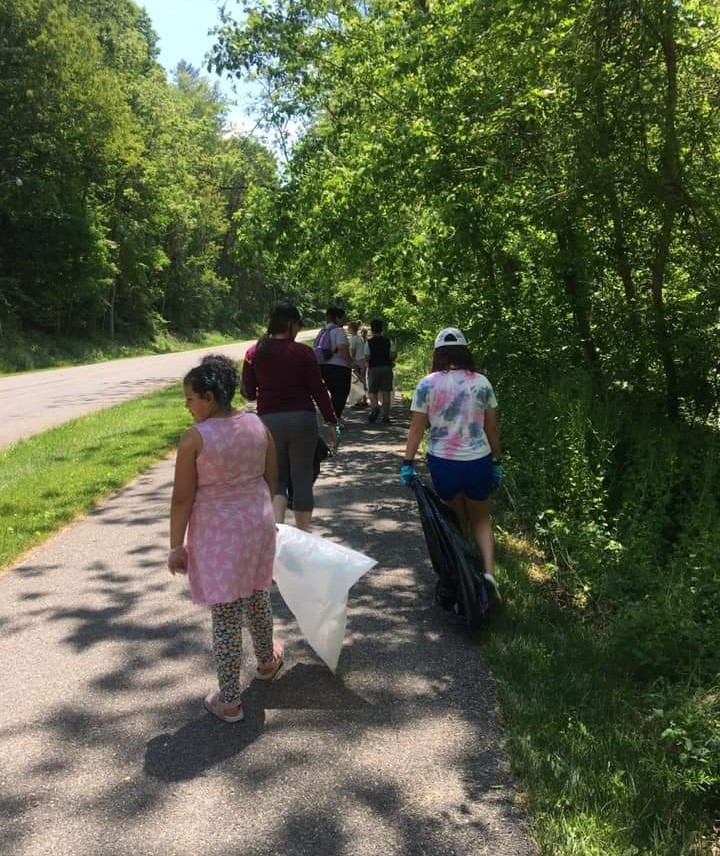Radford University’s Reed and Curie halls are the latest campus buildings to receive LEED (Leadership in Energy and Environmental Design) Gold certification, marking another achievement in the university’s sustainability initiatives.
Reed and Curie are two buildings connected as one, and were therefore renovated and LEED certified as one building. LEED’s certification of the project makes the combined building the 11th Radford University building project to achieve gold status.
“Earning a LEED Gold certification on the renovation of Reed and Curie Halls is an achievement that Radford University is proud of,” said Josh Nease, Radford University’s sustainability manager. “The accomplishment took the collective efforts of the university’s facilities and planning teams, the architects, the engineers, and the contractors who persistently strive for gold.”
Reed and Curie halls, home to the Artis College of Science and Technology, underwent significant joint renovations that were completed in January 2020. The remodeled structures complement the connecting Center for the Sciences and include 94,840 square feet of teaching and research facilities.
Reed and Curie feature the University’s Tree Ring Lab and the Geology Maker Lab, as well as the Unmanned Aerial Vehicle Center and Geohazards and Unmanned Systems Research Center and a renovated greenhouse with a variety of plants and a display from the Radford Amazonian Research Expedition (RARE).
Reed and Curie also house the Artis Cybersecurity Training and Education Lab — also known as the Artis Cyber Lab — an isolated computer network for cybersecurity research and online defense competitions, including the RUSecure Capture the Flag contest that attracts nearly 1,500 high school students each year.
The LEED rating system comprises a number of credit categories, including sustainable sites, water efficiency, energy and atmosphere, material and resources, indoor environment quality, and innovation and design process.
LEED is a voluntary program that provides verification of green buildings by the U.S. Green Building Council. According to the USGBC, LEED-certified buildings lower operating costs, reduce harmful greenhouse gas emissions, reduce waste sent to landfills, are healthier for occupants, and conserve energy and water.
In the Reed and Curie renovation, 93% of the existing structural elements were reused, and more than 16% of total building materials content were manufactured using recycled materials. More than 75% of the on-site generated construction waste was diverted from the landfill, and about 70% of the total wood-based building materials are Forest Stewardship Council certified.
All light fixtures in Reed and Curie halls use LED lamps, achieving an energy-saving cost of about 22.5%.


